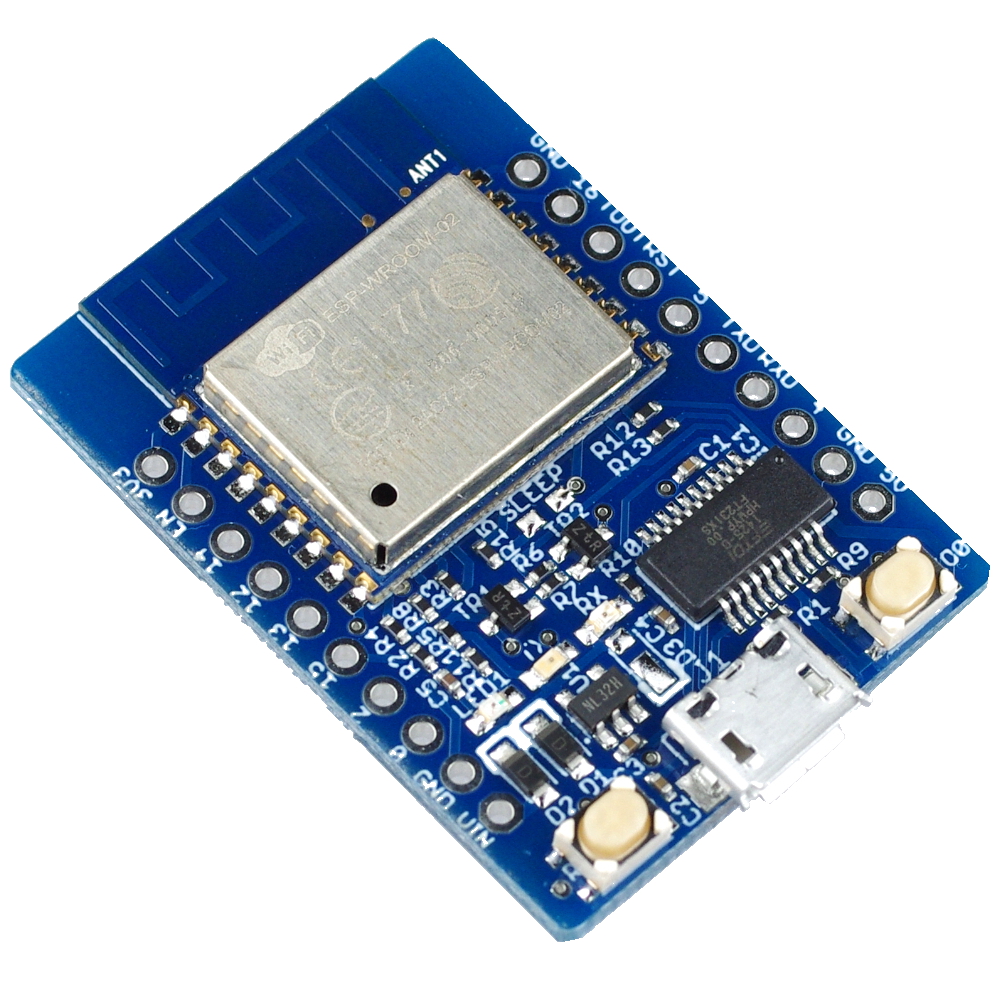
String duplication also happens when you populate a JsonDocument. In that case, the parser copies the strings to the JsonDocument. On the other hand, if the input is read-only ( const char*, String, or Stream), the parser assumes that the input is volatile. In that case, it stores pointers to the string in the input. If the input is mutable ( char* or char), the parser assumes that the input buffer is persistent. String duplication in ArduinoJsonĭepending on the type of input, the parser uses a different storage strategy for strings: The seven bytes correspond to the characters of the string "values", including the terminator.

Suppose your JSON document is:Ĭonst size_t capacity = JSON_OBJECT_SIZE ( 1 ) + JSON_ARRAY_SIZE ( 3 ) + 7 When serializing, ArduinoJson copies all strings that are not const char* ( see below). When deserializing, ArduinoJson copies the strings from the input, except if the input is a char* ( see below). On top of that, you need to add the capacity required to store the strings that ArduinoJson needs to duplicate. JSON_ARRAY_SIZE(n) returns the size of a JSON array with n elements.JSON_OBJECT_SIZE(n) returns the size of a JSON object with n members.ArduinoJson provides two macros to help you do that: If you know the exact layout of the document, you can precisely compute the required size. The second technique consists in writing an expression that computes the capacity. Technique 2: compute the capacity with macros In step 3, see the required capacity for the JsonDocument.Īdditionally, on step 4, the ArduinoJson Assistant generates a sample program that you can use as a starting point.In step 1, choose your platform and select the appropriate conditions.It analyzes a JSON document that you provide and computes the required capacity. The ArduinoJson Assistant is an online tool that helps you determine the capacity of a JsonDocument. The first technique consists in using a tool that does the job for you. Technique 1: use the ArduinoJson Assistant (recommended) If you cannot predict the shape of the document, choose technique 3 or 4. If you know what the document looks like, choose technique 1 or 2. The technique you choose depends on the amount of knowledge you have on your document and your platform. Here are the four techniques that you can use to determine the capacity of your JsonDocument. This RAM will be used for a very short period anyway if not, you have another problem.

Instead, you should pick one size that is big enough to support all valid configurations. You should not be looking for the exact memory consumption in each possible configuration. If your program computes the capacity at run-time, you’re trying to be too smart!

ARDUINO JSON HELPER HOW TO
This page explains how to size your JsonDocument correctly, depending on your use case. The larger the capacity is, the more complex the document can be, but the more memory it consumes. When you create a JsonDocument, you must specify the memory capacity of the document. Unfortunately, it requires a little more work from your side. This is cool because it allows your program to be smaller, faster, and not prone to heap fragmentation. Check out for a comprehensive documentation.ArduinoJson is quite unusual because it uses a fixed memory allocation strategy. It is the most popular Arduino library on GitHub ❤❤❤❤❤.
ARDUINO JSON HELPER LICENSE
Author Benoit Blanchon Website Github Category Data Processing License MIT Library Type Contributed Architectures AnyĪrduinoJson supports ✔ serialization, ✔ deserialization, ✔ MessagePack, ✔ fixed allocation, ✔ zero-copy, ✔ streams, ✔ filtering, and more. A simple and efficient JSON library for embedded C++.


 0 kommentar(er)
0 kommentar(er)
